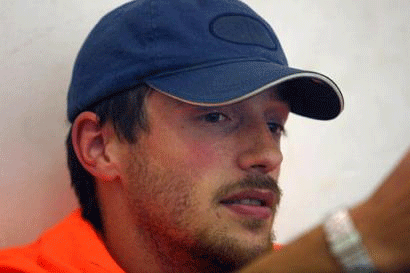Tag: Tom Hurndall
-
We Remember: Tom Hurndall
13 January 2012 | International Solidarity Movement Tom was 21 years old when he was shot. A photography student, he had left the UK to volunteer as a ‘human shield’ in Iraq. Here he heard about the ISM, one of whose volunteers, Rachel Corrie, had just been killed by a bulldozer whilst protesting house demolitions…
-
Early release of Tom Hurndall’s killer symptom of wider Israeli crimes
8 September 2010 | ISM London UPDATE: Tom’s Killer was released this morning. The Hurndall family was not informed by any representative of the Israeli government. The British Foreign Office did contact Jocelyn this morning, but not before the news had reached her via ISM London. We are re-publishing our press release from July as…
-
Early release of Tom Hurndall’s killer symptom of wider Israeli crimes
20 July 2010 FOR IMMEDIATE RELEASE Correction appended The International Solidarity Movement (ISM) condemns the early release from prison of the Israeli soldier that murdered photography student and ISM volunteer Tom Hurndall in Gaza in 2003. The Israeli press yesterday reported that Taysir Hayb will be released three years early from an already short eight-year…


